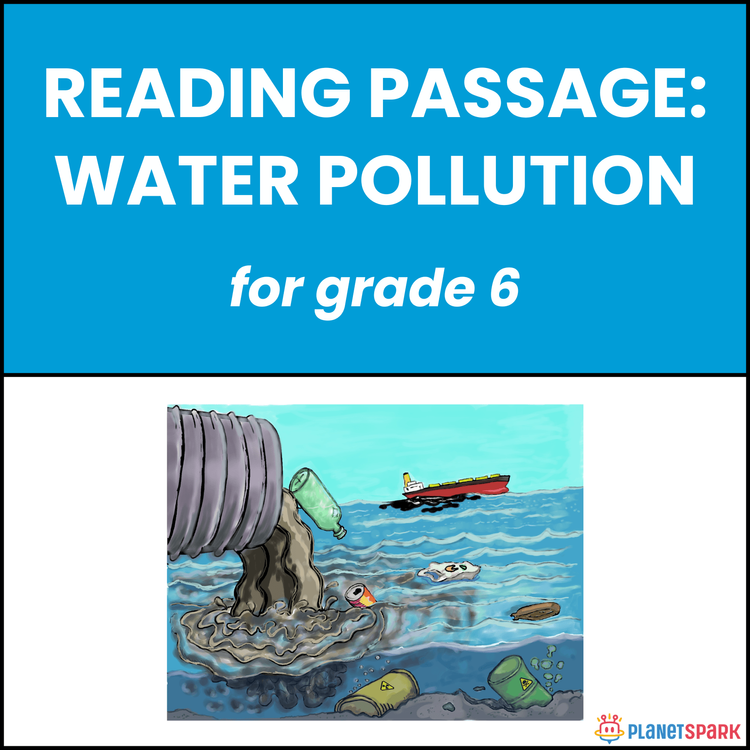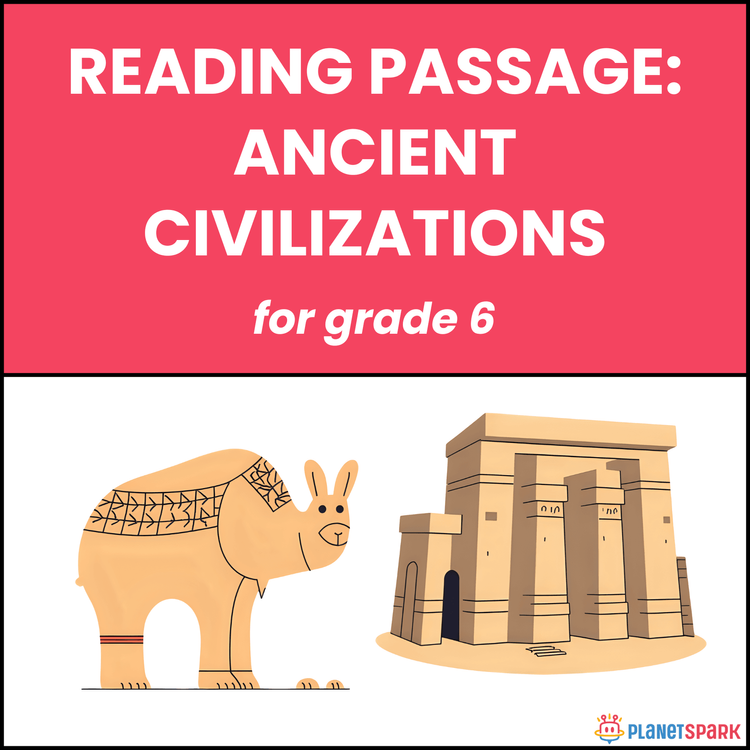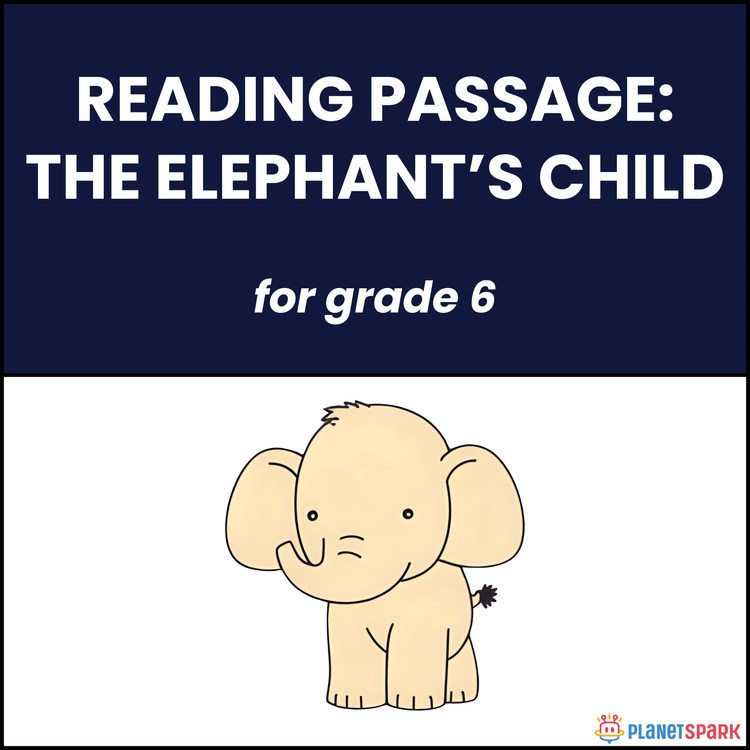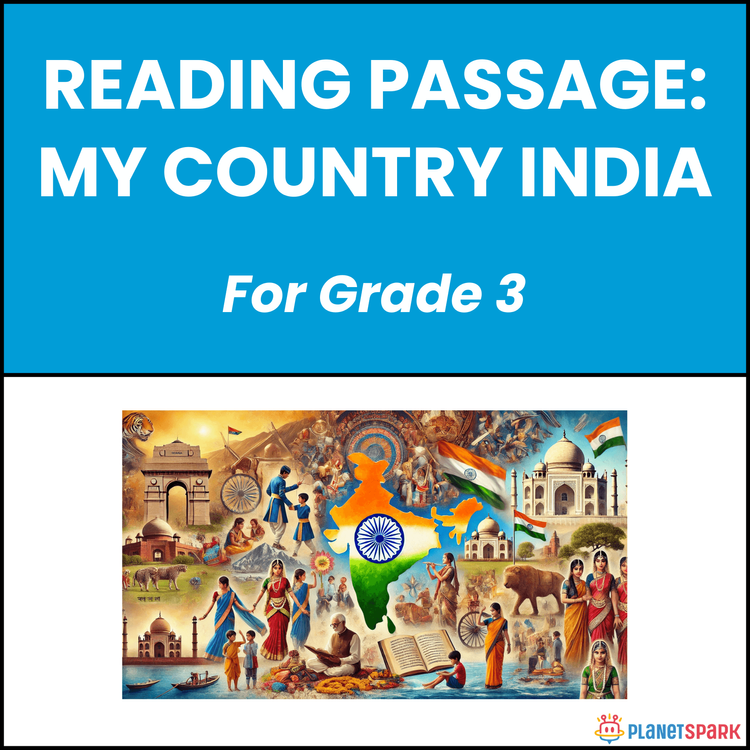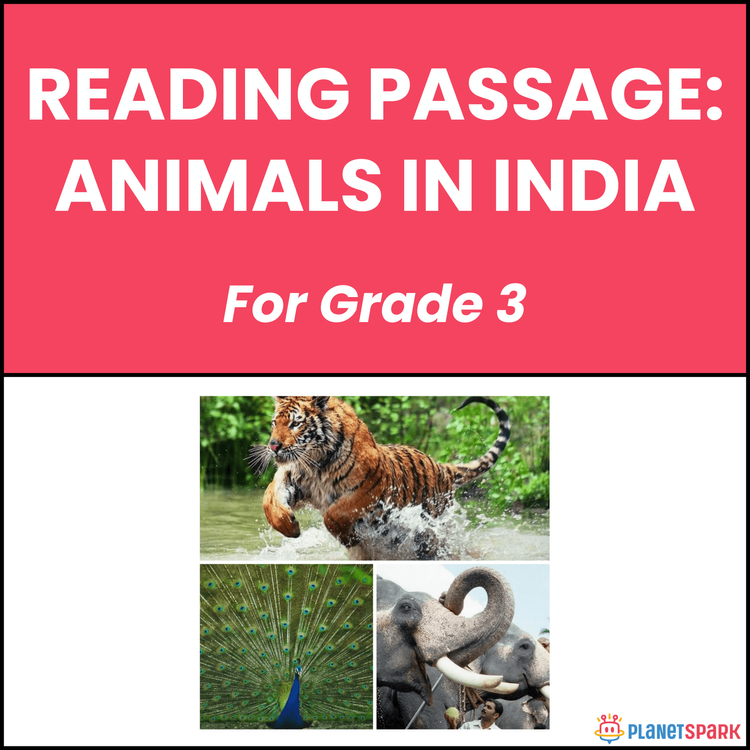Class 6 Reading Passage on Railway Station Visit
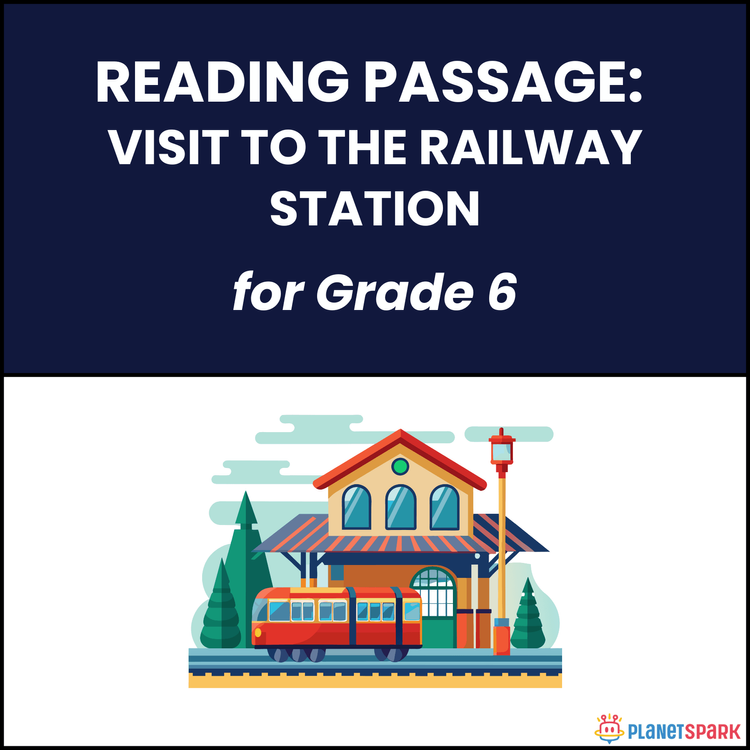

Class 6 Reading Passage on Railway Station Visit
Visit to the Railway Station: Reading Comprehension for Class 6
This Grade 6 reading comprehension worksheet takes students through an engaging experience of a visit to the railway station. Through Riya’s perspective, learners explore the busy environment of a railway station, filled with sounds, vendors, passengers, and exciting train arrivals. The passage highlights sensory details, like the smell of samosas and the sounds of the loudspeaker, bringing the station to life. This worksheet also focuses on Riya’s observations and the small acts of kindness she notices, making it an excellent resource for building comprehension skills, vocabulary, and empathy. By analyzing the passage, students learn about the hustle and bustle of everyday life, gaining an understanding of how people interact in busy public spaces.
Why Reading Comprehension Matters in Grammar?
Reading comprehension is not just about understanding words; it helps students link grammar with real-world scenarios. For Class 6 learners, this worksheet is important because:
1. It enhances grammar and structure while understanding real-life situations.
2. It helps expand vocabulary with words like "bustle" and "vendor."
3. It connects students’ emotional understanding with grammar through Riya’s observations.
4. It improves critical thinking by encouraging students to reflect on Riya’s experience.
What’s Inside This Worksheet?
This worksheet contains a variety of questions designed to test both basic understanding and deeper thinking:
🧠 **Exercise 1 – Multiple Choice Questions**
Students answer factual questions about Riya's visit to the station, such as why they went to the station, what Riya’s father did, and what fascinated her.
✏️ **Exercise 2 – Short Answer Questions**
Learners write short answers about Riya’s observations at the station, the reasons she thanked the coolie, and how the environment was described.
📋 **Exercise 3 – Deep Thinking Questions**
Students are asked to make connections between Riya’s experience and real life, exploring what she learned from her visit and why she wanted to travel across India.
✅ **Answer Key (For Parents & Educators)**
**Exercise 1 – Choose the Correct Option**
1. Why did Riya and her parents visit the railway station?
- a. To receive her grandparents.
2. What did Riya’s father do at the station?
- c. Bought platform tickets.
3. What was Riya fascinated by at the station?
- d. The busy and noisy movement.
**Exercise 2 – Short Answers**
1. Riya noticed people waiting, some reading newspapers and others sipping tea.while waiting, showing patience.
2. The author used vivid sounds, smells, and colours to describe the busy station..
3. She thanked the coolie because he kindly helped an elderly couple..
**Exercise 3 – Extended Thinking**
1. Riya learns the value of responsibility and kindness through her helpful and observant actions.
2. The author uses sensory details like noise, lights, and smells to show excitement.
3. Riya wanted to travel across India because she was curious and loved exploring new things.
4. The word “bustle” means lively activity or movement.
Inspire your child to explore more reading comprehension exercises and develop empathy and responsibility with this engaging worksheet!
Frequently Asked Questions
They train learners to notice details, describe settings vividly, and understand daily-life experiences through structured English reading practice.
They connect reading with personal experiences, helping students interpret meaning and emotions in familiar situations.
Encourage discussions about what was seen, heard, or felt to build vocabulary and comprehension skills in CBSE English learning.

